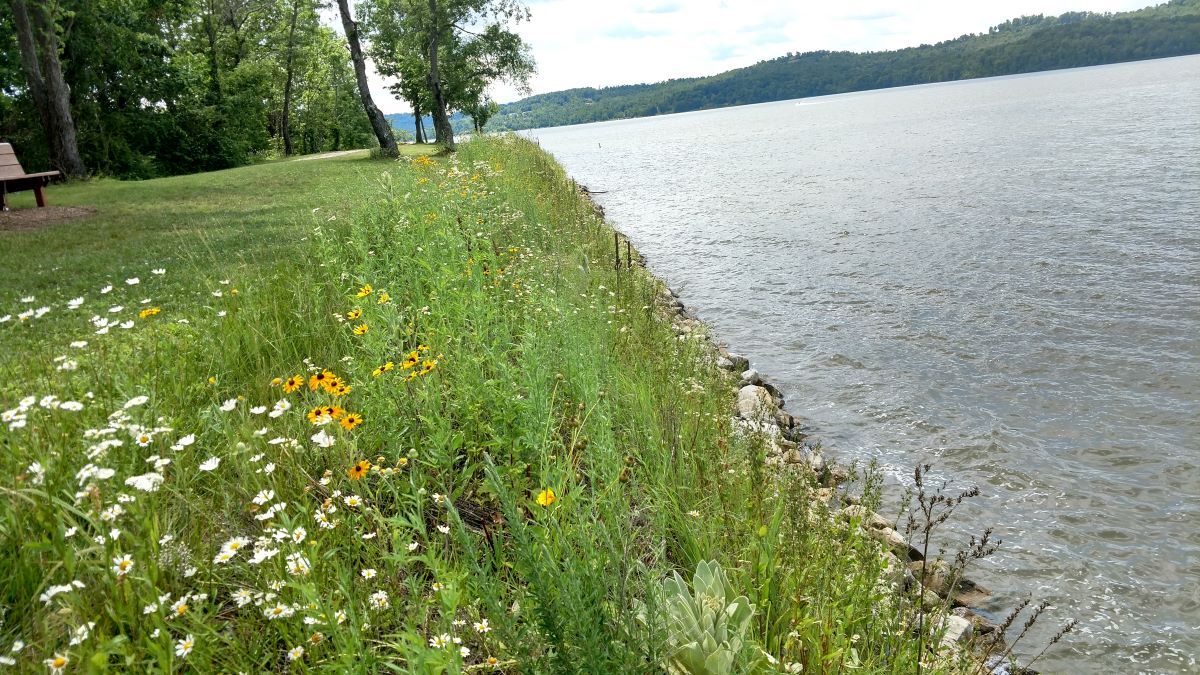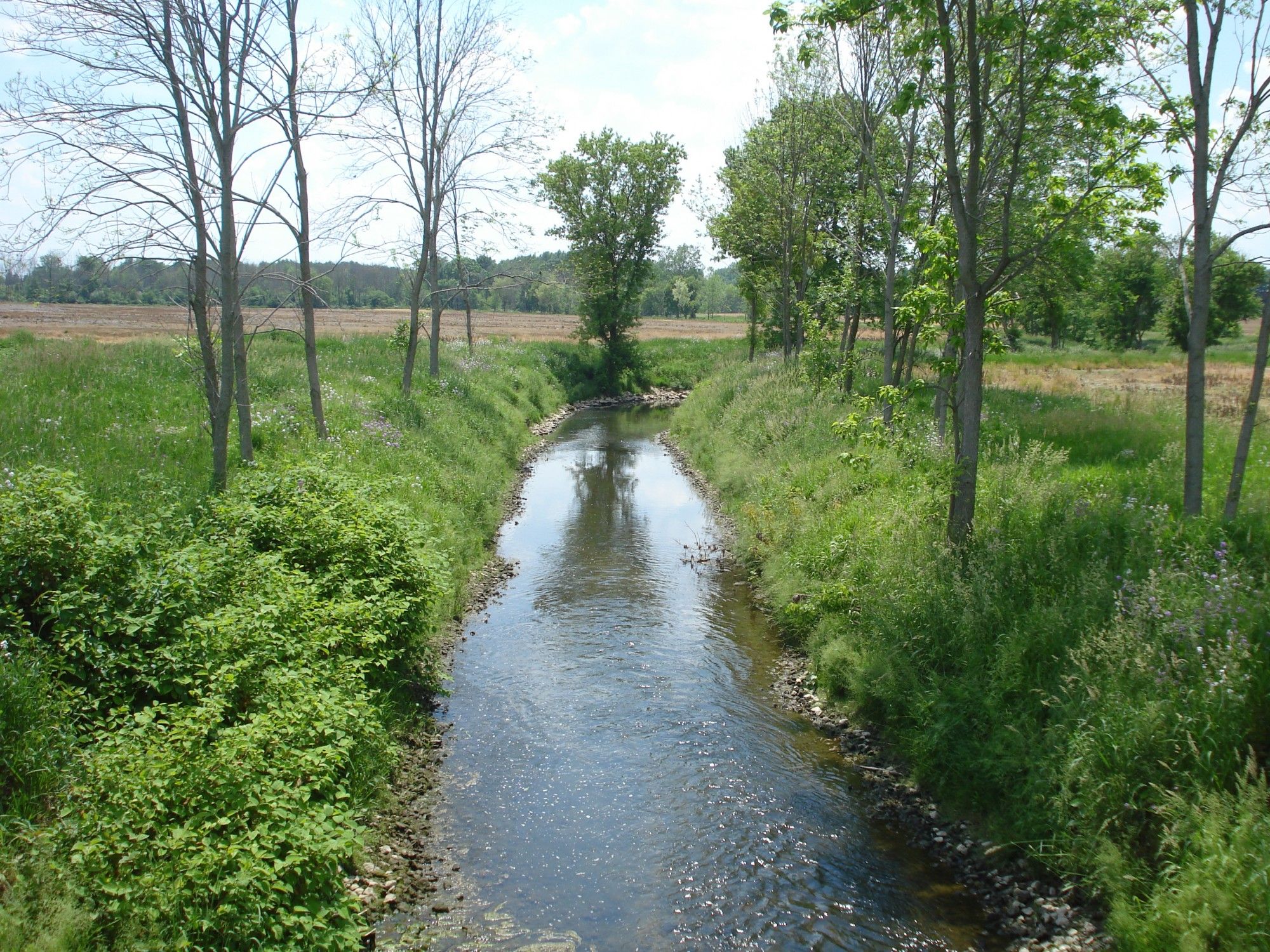MWCD Board Votes to Cut Property Assessment
Property owners receive a total of $4 million in savings annually
Property owners within the Muskingum Watershed Conservancy District (MWCD) will see their property assessments paid to MWCD reduced by 66 percent, from $6 dollars to $2, thanks to the approval of the assessment-reduction plan voted on recently by the MWCD Board of Directors.
“We have always been good stewards of these public funds and are very pleased to allow residents in the watershed to keep more of their hard-earned dollars in their pockets,” said Craig Butler, MWCD executive director. “We are making this reduction because the district’s financial position has changed positively. We have been fortunate to earn and invest nearly $200 million in our public-use facilities and recreational areas, and now for the second time, the Board has voted to extend those benefits to the property owners in our watershed by reducing the assessment collection.”
The assessment originally was levied in 2009 at $12 per parcel and was then cut to $6 in 2015. Assessments are collected through landowners’ county property tax payments, and the funds are required to be used by MWCD on the operation and maintenance of the system of 16 dams and reservoirs. The system was constructed nearly 90 years ago for flood reduction and water conservation benefits in the Muskingum River Watershed, as well as other important conservation and reservoir management projects.
The assessment reduction will result in an estimated $4 million overall reduction in the total amount of assessments collected in 2024 by the MWCD. However, the district will still meet its financial commitments to the federal government for dam and reservoir maintenance, as well as for conservation and reservoir management projects. Routine financial reviews will be very important and, in the event of any major changes in the district’s financial position, corresponding adjustments could be made to assessment levels.
Assessment funds are also used to support the work of other regional agencies and groups involved in conservation programs, water quality issues, and flood reduction and mitigation projects through the Partners in Watershed Management (PWM) Project Assistance Program. The PWM program provides assistance to local communities, agencies and groups involved in projects and programs that support the conservation and flood control aspects of the Mission of the MWCD. The PWM program, approved by the Board of Directors in June of 2009, has provided over $12.2 million in grant funding for 177 projects.
“There is a tremendous need across the watershed to provide funding to communities, universities and other conservation organizations that regularly partner with us on projects that protect the people of our region,” said Butler. “These projects help to prevent costly flooding, minimize soil erosion and nutrient loss from agricultural operations, assist with upgrading essential community services, and preserve and rehabilitate sensitive lands for public use. MWCD is proud to be a sponsor of these projects as they support our core mission and allow us to give back to the communities that are in our backyard.”
In addition, the MWCD has spent assessment funds on shoreline stabilization projects at the MWCD lakes and dredging of the lakes. Assessment revenues by law cannot be used to pay for projects that enhance or improve the MWCD’s recreational programs and facilities, and all expenditures must be covered by guidelines stipulated in the Amendment to the Official Plan of the MWCD that was approved in 2005 by the Conservancy Court and the Board of Directors.
The MWCD collects assessments from owners of property in all or portions of the following counties: Ashland, Belmont, Carroll, Coshocton, Guernsey, Harrison, Holmes, Knox, Licking, Morgan, Muskingum, Noble, Richland, Stark, Summit, Tuscarawas, Washington and Wayne.





